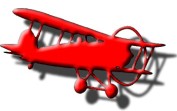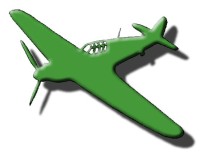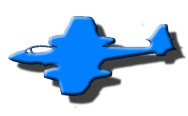Extend Programme and House System
Upon starting at Kingshill all pupils, through their tutor groups, are assigned to one of the three school houses; Meteor, Hurricane or Gauntlet. The houses are named after aircraft manufactured locally by the Gloster Aircraft Company or their successor Hawker Siddeley.
Founded as the Gloucestershire Aircraft Company Limited during the First World War, the company designed and built several fighters that equipped the British Royal Air Force (RAF). It was later renamed Gloster Aircraft Company as foreigners found 'Gloucestershire' difficult to pronounce. Following a re-organisation the company became part of its parent company the Hawker Siddeley group and the Gloster name disappeared in 1963.


The Gloster Gauntlet was the last British single-seat open-cockpit biplane fighter of the RAF in the 1930s. It was the fastest aircraft in the RAF from 1935 to 1937 where it achieved a speed of 204 mph (328 km/h), making it 30 mph (48 km/h) faster than the Bulldog. In November 1937, the Gloster Gauntlet became the first aircraft in history to be directed to a target solely with ground-based radar during night-fighter experiments.
![]()

The Hawker Hurricane is one of the most classic fighters of all time, a British single-seat fighter aircraft of the 1930s–40s that was designed and built for service with the RAF during the war. It has an interesting parallel with that of the Supermarine Spitfire with which it was to form an immortal partnership. Often underrated in favour of the Spitfire, the Hurricane was the main victor of the Battle of Britain and was at the forefront of Britain’s defence. It played a major part in achieving the victory of 1945.
![]()

The Gloster Meteor was the first British jet fighter and the only Allied jet fighter to be put into service during the Second World War. It was also used for research and development purposes. The Meteor broke several aviation records, one being its ability to reach speeds of 616 miles per hour (991 km/h) in 1946. Another "claim to fame" was the Meteor's ability to perform the "Zurabatic Cartwheel", an aerobatics manoeuvre that, due to its widely set engines, where the individual engines were throttled back and forward to achieve a seemingly stationary vertical cartwheel.
Throughout the year there are many different opportunities to earn house points. Examples include a Mathematics competition to design a poster on a famous Mathematician. In Humanities pupils are asked to design a volcano or a motte and bailey castle model. In English pupils can participate in our successful accelerated reader programme and there are also a huge range of sporting competitions organised by the PE faculty including; rugby, netball, dance and softball to name but a few. Commitment to our extra-curricular Extend clubs programme also earns house points. House assemblies, led by the house captains of each house, inform pupils of the current totals and celebrate individual success in competitions. In the final assembly in the summer term the house shield is awarded to the house with the highest house points in each year group.
